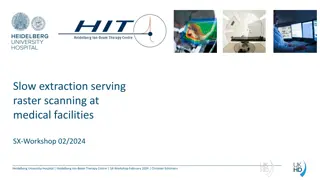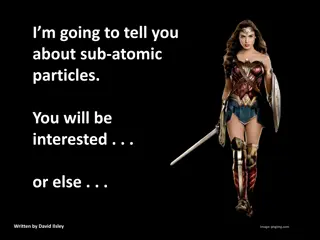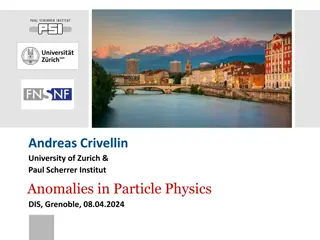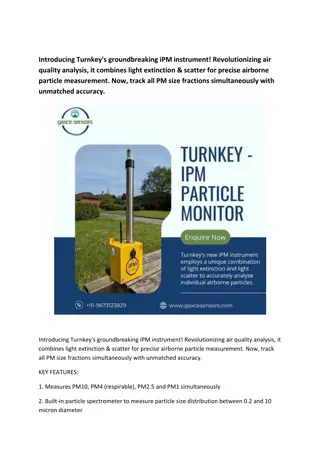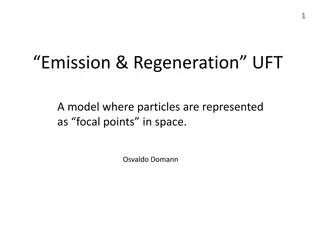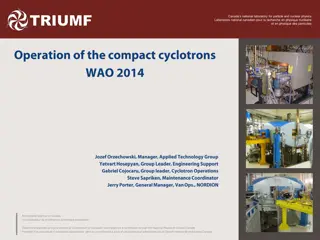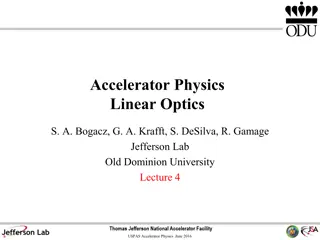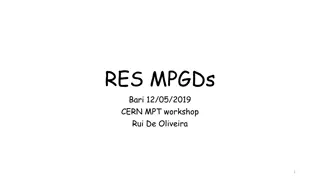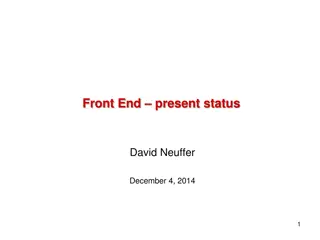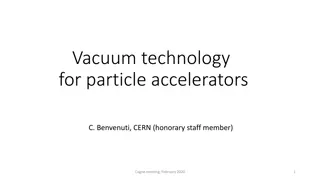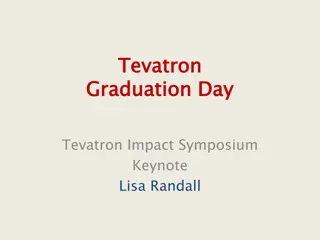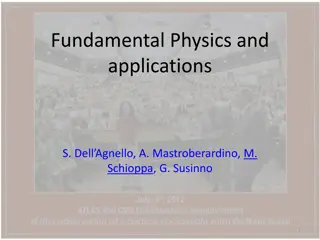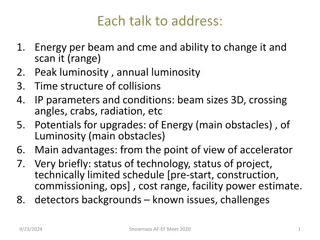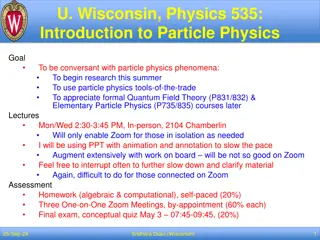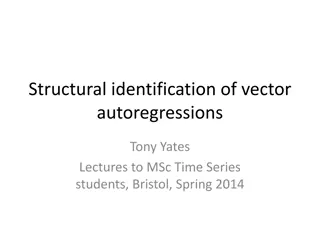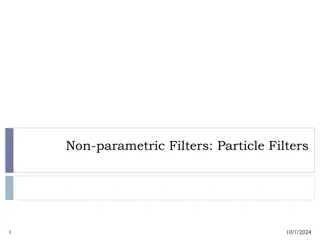Particle Identification
The Particle Identification European Strategy Update Meeting in Durham, organized by Antonis Papanestis from RAL STFC, aims to discuss the latest developments and advancements in particle identification techniques within the European scientific community. Researchers and experts will convene to exchange insights and collaborate on cutting-edge strategies to enhance the identification of particles, contributing to the progress of particle physics research on a global scale.
Download Presentation

Please find below an Image/Link to download the presentation.
The content on the website is provided AS IS for your information and personal use only. It may not be sold, licensed, or shared on other websites without obtaining consent from the author.If you encounter any issues during the download, it is possible that the publisher has removed the file from their server.
You are allowed to download the files provided on this website for personal or commercial use, subject to the condition that they are used lawfully. All files are the property of their respective owners.
The content on the website is provided AS IS for your information and personal use only. It may not be sold, licensed, or shared on other websites without obtaining consent from the author.
E N D
Presentation Transcript
Particle Identification European Strategy Update meeting - Durham Antonis Papanestis RAL STFC 1
Outline Particle ID techniques: Time of flight Cherenkov radiation RICH detectors DIRC detectors Transition radiation dE/dx 2
Trends Higher energy colliders, higher luminosity More tracks in the detectors, higher momentum tracks LHCb particle ID Babar particle ID 3
Increased hit multiplicity Babar DIRC LHCb RICH 1/2 Before time window About 1000 hits per box After time window 4
Time of flight Better time resolution, better particle ID Faster detectors Desired for all detector technologies As an extra dimension to reduce complexity Expected PID performance for various path lengths and time resolutions 5
TOF: ALICE experiment http://aliceinfo.cern.ch/Public/en/Chapter2/Chap2_TOF.html Resistive plates made of glass. 2 X5 gaps : 250 mm Readout by HPTDC chip (High Performance Time to Digital Converter) =50.8ps 3 /K separation up to 2.2 GeV/c and K/p separation up to 4 GeV/c. 6
TORCH The focusing unit converts angles to positions allowing the measurement of propagation time Multiple photons from the same track can improve the time accuracy 7
RICH detectors Performance parameters: Cherenkov angle resolution Number of photons Complexity of the event Detector occupancy Increasing the number of photons: Improved mirror reflectivity Better detector geometrical coverage Improved detector Quantum efficiency 8
Cherenkov angle resolution 1. Chromatic error For a given radiator the refractive index depends on the photon wavelength Work in the area where the refractive index is flat: optical Loss of photons Detectors with high QE in the optical 2. Aberrations from the optical system Move mirrors to desired positions for smallest possible emission point error If inside the detector acceptance, low material budget (composite) mirrors are needed 3. Detection point error Smaller pixel Helps with occupancy More channels 4. Improve tracking and add timing 9
Photon detectors Multi-Anode PMTs To be installed in the LHCb RICH Upgrade Much improved since 2005 MCPs (Micro Channel Plate detectors) LAPPD Large Area Picosecond Photon Detectors SiPMs (Silicon Photo Multipliers) Arrays of Avalanche Photo-Dodes HPDs (Hybrid Photon Detectors) Currently in use by LHCb RICH 10
Ideal photon detector Pixel size 1mm2 SiPM, MCP Low dead area (tiles) ?? Possibly all Radiation hard MaPMT Insensitive to magnetic fields SiPM, MCP Good QE at visible (~50%) SiPM Durability SiPM, MaPMT Low dark counts MCP, MaPMT Fast MCP Possibly SiPM Cheap 11
Timing Timing can reduce event complexity by association of photons to tracks/vertices Can be used as an extra dimension Benefits start at ~100 ps ns LHCb event with 9 primary vertices seen by the RICH detectors with 125 (left) and 25 (right) ps resolution 12
Summary RICH and TOF techniques have proved very successful for particle ID The LHCb RICH, and the RICH for the LHCb Upgrade show what is possible to do at the moment New photon detectors will be needed in the next generation experiments (LHCb Upgrade II) Can we find other applications to speed up their development? SiPMs promising, but currently suffer from radiation damage LAPPDs a viable alternative Is timing below 100 ps possible? Good quality, large area, cheap mirrors from composite materials could be a key factor in the new generation RICH detectors 13


![[PDF⚡READ❤ONLINE] Cosmology and Particle Astrophysics (Wiley-Praxis Series in As](/thumb/21627/pdf-read-online-cosmology-and-particle-astrophysics-wiley-praxis-series-in-as.jpg)


